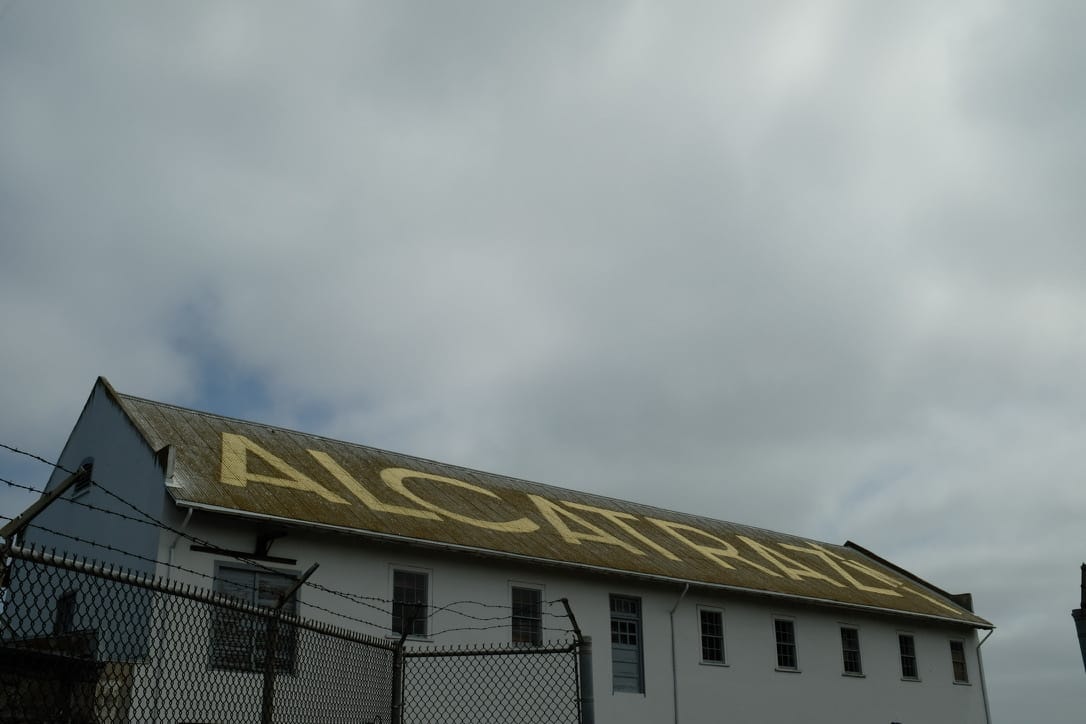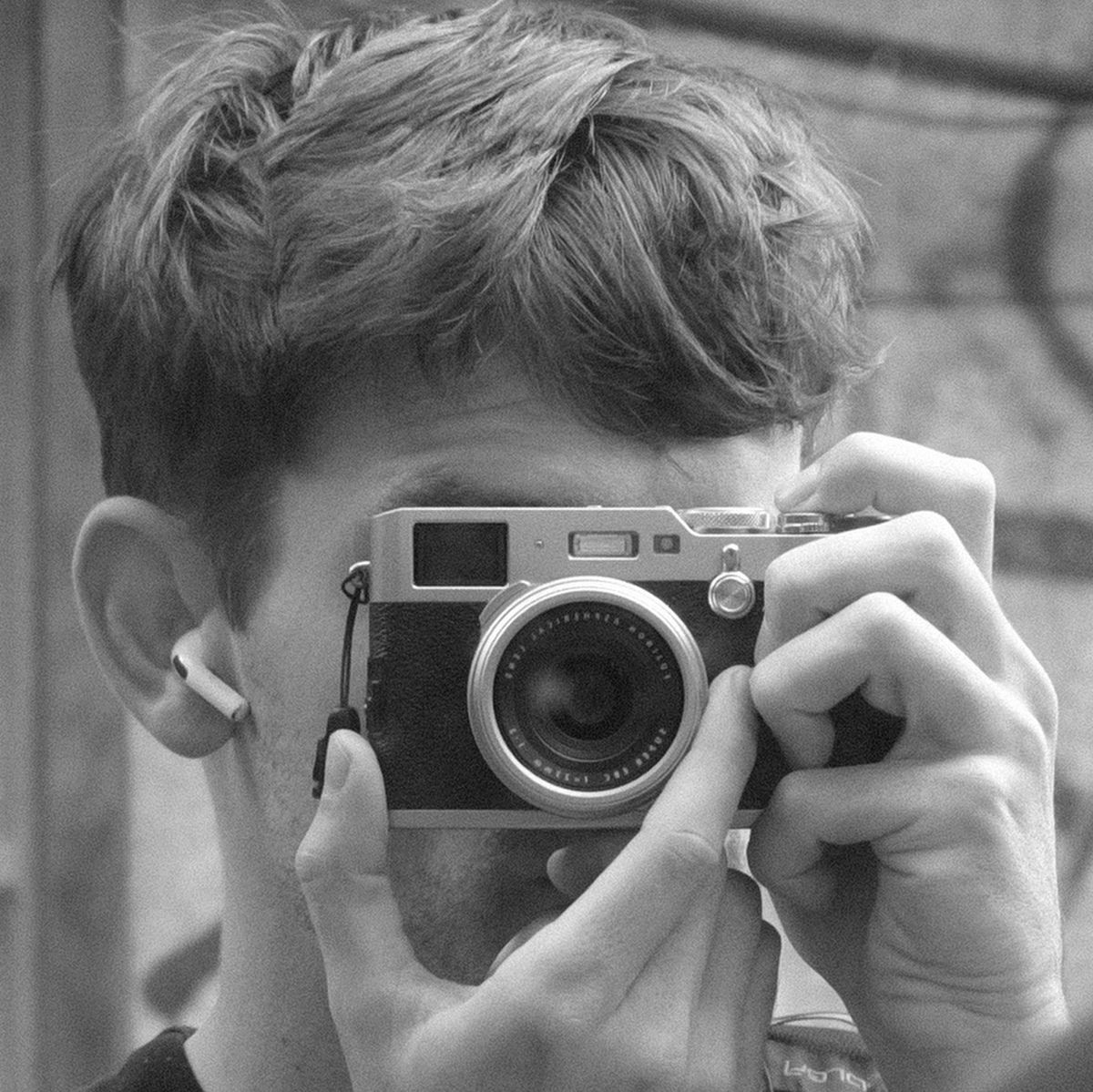Golden Gate (1)

One of the more iconic landmarks in the world caught my eye as I began my day visiting Alcatraz. I was motivated to go to one of the world’s most famous islands by a lewd combination of Clint Eastwood’s 1979 epic and news that President Trump was considering closing it as a tourist destination (to reopen it as a prison). I felt that it was important, from an integrity perspective, to decide whether or not to scoff at the latter after I’d visited in person. Tune in later for my conclusion.
Departure (2)

It is now possible to go places in San Francisco in a driver-less taxi, but on this occasion I elected to walk. I’d previously seen an Uber pull up alongside a Waymo at a set of lights and it made me feel tense - I didn’t want to be in the vicinity of a driver-less taxi that discovered a desire to be violent, when threatened. I also think you miss that something special about SF when you move around it in a car (being shouted at by half-naked men claiming to be in contact with the messiah). I was impressed with the efficiency of the Alcatraz ferry. I presumed it had improved in terms of hospitality since prisoners were using it. I bought a pretzel but it was only loosely salted - an early disappointment.
Arrival (3)

I was taken aback by the graffiti, as our boat pulled closer. Had they not noticed? Quite quickly upon arriving, I learned that they had noticed and indeed it was a mainstay feature (see ‘Occupation’ for more details). Always being one to try and self-improve whenever I get the chance, I opted for the audio guide in French. Sadly the French was quite fast and complicated and so I didn’t learn anything about Alcatraz, apart from what I could see with my own eyes.
Canteen (4)

My aimless wandering to the tune of inexplicable French took me to the canteen. Finally, a room with some information boards. I learned that some serious violence went down in the canteen. It was hard to tell from the inmate profiling whether the Alcatraz Park team wanted to glamorise these mass murderers for the sake of the story, or whether they wanted us to feel that they got what they deserved. Talk of forks to throats made me wish the written language was also French. Although ‘Une forchette dans la gorge’ has a certain degree of flair to it. As canteens go it seemed like an average place to have mash potato and risk utensil violence.
Flowers (5)

During the prison era, the families of guards and soldiers planted a wide variety of garden flowers across the island, liberating it from its industrial heaviness. Many of the mini gardens tended in the 50s and 60s remain today, and I got to see the dedicated volunteers in action, managing the geraniums. But for all the flowers, the real story is the bird population. Post-prison, Alcatraz has become a bird sanctuary. I saw about 200 cormorants nesting on a tiny concrete pad where a building once stood. It took me back to that COVID-era truism: nature is healing, we are the virus.
Occupation (6)

It’s always wonderful when you learn something new and interesting and I did that on Alcatraz. It had completely passed me by, absent from most of the island’s exported folklore, that it was occupied by the Indians of All Tribes group from 1969 to 1971. As America was putting a man on the moon, Alcatraz was somewhat reborn. For a time, foreign correspondents more serious than me flooded to the island to see what life was like in this new community. But all good things must come to an end and the US Government shut off the power and water and made life rather hard. In an act of memorial, much of the occupation graffiti has been reinstated and that was what greeted me as I first arrived. There is more to Alcatraz than meets the eye - who knew? And on the subject of whether it could be re-opened as a prison, clearly no [author scoffs].

